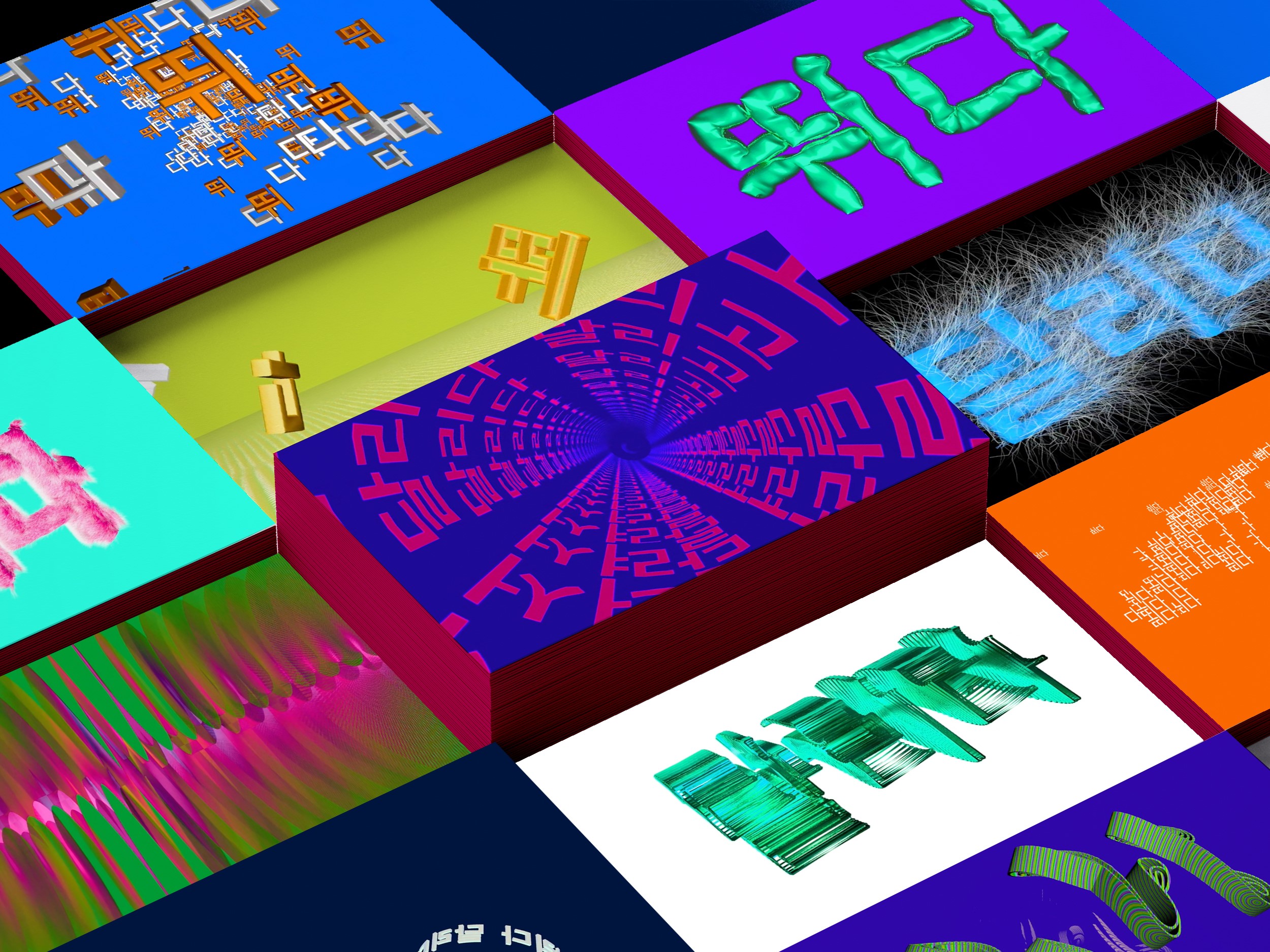The world in a single word: Run
Neena Cho
When I look around, everything I see is running. People are running, traffic is running, and our time is running. According to Simon Winchester, who is a linguist for the Oxford dictionary, the English word "run" is the most complex word that contains almost 645 definitions. And it brings up this question: Do other countries also use "run" in the same way as the English?
English is a hybrid language that has been developed by bringing diverse western cultures’ languages together. Among the English words, "run" is an interesting word: in fact today, as I stated above, it is the most complicated word in English. Following the consequence of our diverse use of "run," there are many types of movements that the word "run" depicts.
Compared to the flexible use of “run" in the English language, the application of using the word “run” in Korea is limited. In Korea, when we translate "run," there are two ways: "뛰다 (ttwi-da)", "달리다 (da-li-da)." Even though those two words are originally not the same, Koreans consider that two words are the same through cultural and historical influences. So, today's Korean encyclopedia shows the two definitions together.
Even if they indicate "run," those two words have different nuances. This differentiates the use of those words. For example, we can use “달리다(da-li-da)” for train movement, but we cannot use "뛰다(ttwi-da)". However, they do not have a specific rule to use. Koreans instinctively recognize their differences based on cultural customs: They have ambiguous definitions of those uses of words that it is hard to explain their difference.
The project uses an online website platform to show various motion graphic works depicting the variety of the movements of “run” by reflecting cultural differences(including the use of “run” and nuances of “run”) in between Korea and the USA.
About the Artist
Neena Cho is a visual artist, designer, and illustrator. View her portfolio here.
